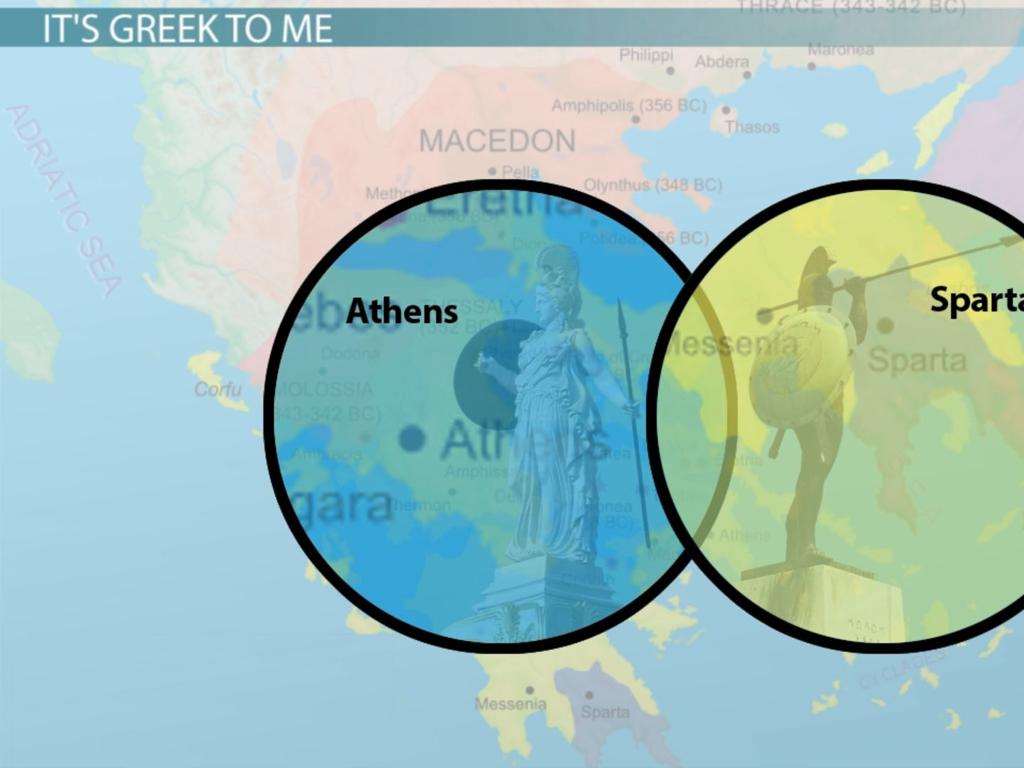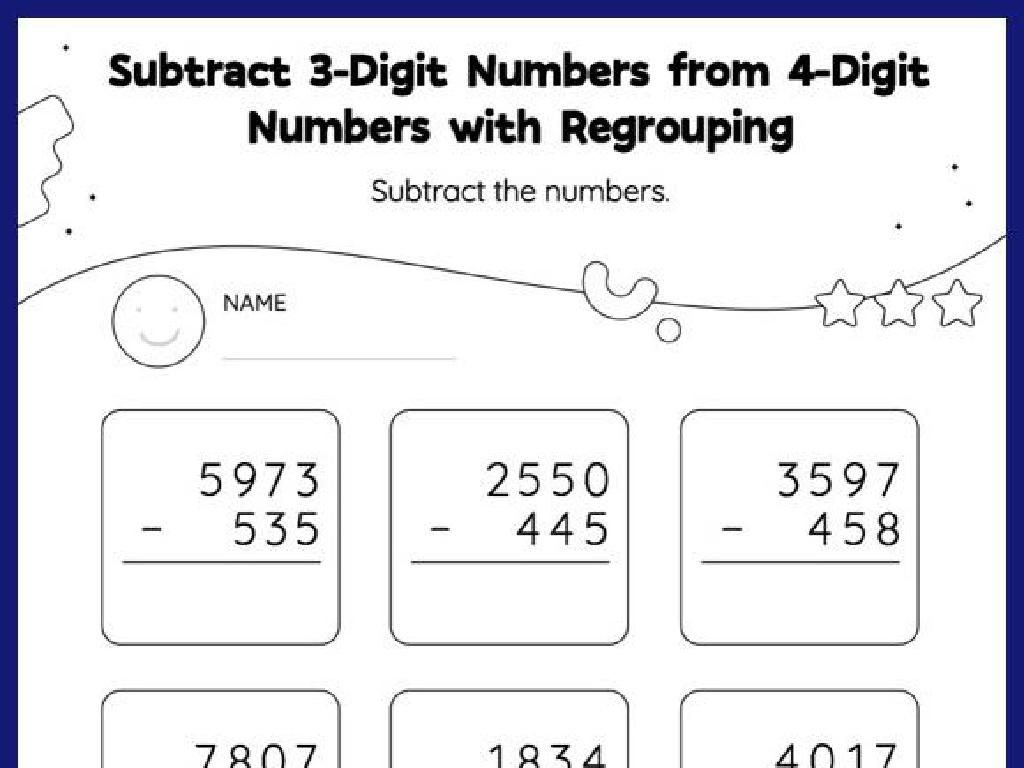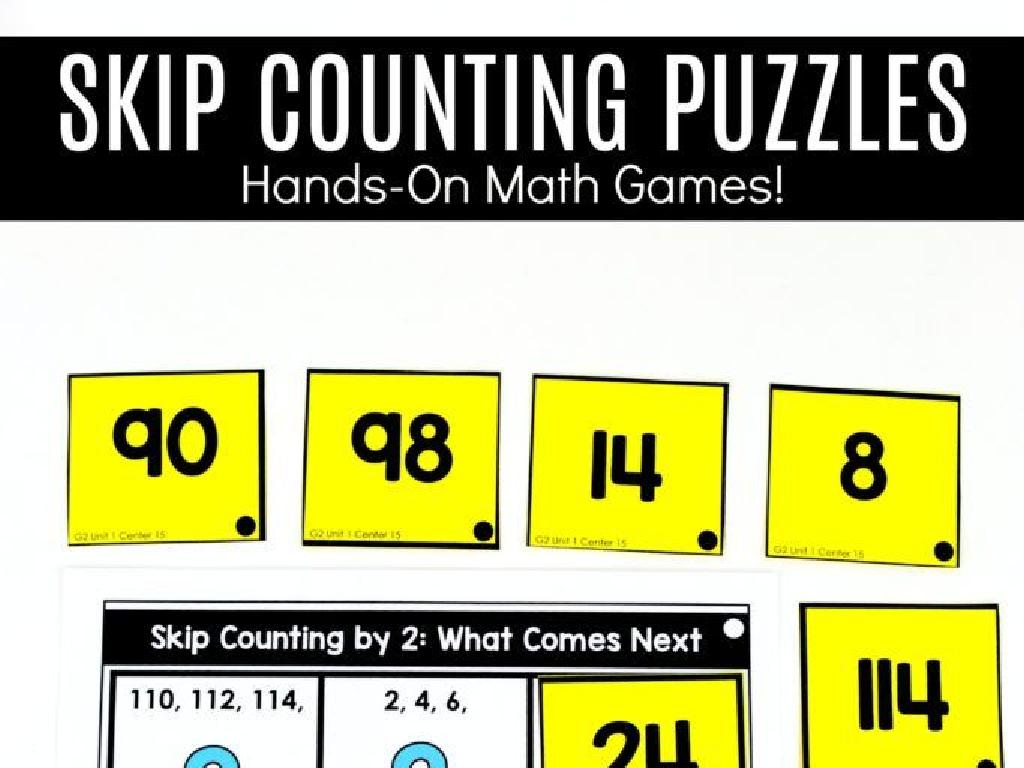The Civil War: The End Of The War
Subject: Social studies
Grade: Fifth grade
Topic: The Civil War And Reconstruction
Please LOG IN to download the presentation. Access is available to registered users only.
View More Content
The Civil War: Understanding the Conclusion
– Recap of the Civil War
– Review major battles and turning points
– Significance of the war’s end
– Freedom for enslaved people, unity restored
– Key events of the conclusion
– Surrender at Appomattox, Lincoln’s assassination
– Impact on the nation
– Reconstruction era, amendments to the Constitution
|
Begin with a brief recap of the Civil War, touching on the major battles and events that students have learned about. Emphasize the importance of the war’s end, including the freedom it brought to enslaved people and the restoration of the United States as one nation. Highlight the key events that led to the conclusion of the war, such as General Lee’s surrender at Appomattox Court House and the tragic assassination of President Abraham Lincoln. Discuss the immediate aftermath of the war and how it led to the Reconstruction era, including significant amendments to the Constitution. Encourage students to reflect on how these events shaped the country’s history and continue to influence the present day.
The Civil War: Decisive Battles and Turning Points
– Battle of Gettysburg impact
– Gettysburg: a key victory for the Union, stopped Confederate invasion of the North.
– Siege of Vicksburg’s importance
– Vicksburg gave the Union control over the Mississippi River, splitting the Confederacy.
– Turning points to surrender
– Key events like Gettysburg and Vicksburg shifted momentum to the Union forces.
– Understanding the end of the war
|
This slide aims to highlight the pivotal moments towards the end of the Civil War. The Battle of Gettysburg is often considered the turning point of the war, marking the last major Confederate attempt to invade the North. The Siege of Vicksburg was another critical battle, as it gave the Union control over the Mississippi River, effectively splitting the Confederacy in two and disrupting their supply lines. Discussing these battles helps students understand the strategic military moves that led to the Confederacy’s eventual surrender. Encourage students to think about how these battles might have felt for the soldiers and civilians involved, and the lasting impact on the country’s history.
The Civil War: Leadership and Victory
– General Ulysses S. Grant’s strategies
– Grant’s use of total war to weaken the South
– President Abraham Lincoln’s decisions
– Lincoln’s leadership preserved the Union
– General Robert E. Lee’s surrender
– Lee’s surrender at Appomattox Court House ended the war
– Implications of the surrender
– Marked the reunification of the nation and end of slavery
|
This slide focuses on the key leaders and their actions that led to the end of the Civil War. General Ulysses S. Grant’s aggressive strategies, including total war, were instrumental in weakening the Confederate forces. President Abraham Lincoln’s steadfast decisions helped to preserve the Union and eventually led to the Emancipation Proclamation. General Robert E. Lee’s surrender to Grant at Appomattox Court House is a pivotal moment in American history, signaling the end of the conflict. The surrender had far-reaching implications, including the reunification of the nation and the end of slavery. Encourage students to reflect on the importance of leadership during times of crisis and the impact of these historical events on the United States.
The Surrender at Appomattox
– Appomattox Court House events
– General Lee surrendered to General Grant on April 9, 1865, ending the Civil War.
– Terms of surrender
– Soldiers could return home with personal items, officers kept sidearms, and horses were given back.
– Fairness of the surrender terms
– Terms aimed to prevent future resentment and promote healing.
– Reactions of soldiers and citizens
– Mixed emotions: relief, sadness, and hope for the future.
|
This slide covers the pivotal moment of the Civil War’s conclusion at Appomattox Court House, where Confederate General Robert E. Lee surrendered to Union General Ulysses S. Grant. Emphasize the humanity and respect shown during the surrender, highlighting the terms that allowed Confederate soldiers to return home with dignity. Discuss how these terms were designed to mend the nation and avoid further conflict. Reflect on the varied reactions from both sides, recognizing the complexity of emotions felt by the soldiers and citizens who had endured years of conflict. Encourage students to consider how this event set the stage for the Reconstruction era and the challenges that lay ahead for the United States.
The Aftermath of the Civil War
– Consequences on the nation
– The war affected economy, society, and politics.
– Post-war changes in the US
– The US saw changes in laws and civil rights.
– Introduction to Reconstruction
– Reconstruction was the period of rebuilding after the war.
– Goals of Reconstruction
– Goals included uniting the country and ensuring rights for all.
|
This slide aims to help students grasp the profound impact of the Civil War on the United States and the subsequent period of Reconstruction. Discuss how the war led to significant economic, social, and political changes, including the abolition of slavery and the reintegration of Confederate states into the Union. Introduce Reconstruction as a critical time when the country worked towards rebuilding itself and securing equal rights for all citizens, particularly the newly freed African Americans. Emphasize the goals of Reconstruction, such as restoring the South to the Union, reforming southern society, and enacting federal laws to protect the rights of all Americans. Encourage students to reflect on how these historical events continue to influence the nation today.
Role-Play Activity: The Surrender at Appomattox
– Divide into groups for role-play
– Each group performs a surrender skit
– Imagine being Grant, Lee, or a soldier
– Discuss post-war feelings
– Consider relief, sadness, or hope for the future
– Reflect on the war’s impact
– How did the end of the war change America?
|
This class activity is designed to help students empathize with historical figures and understand the emotional complexity of the Civil War’s conclusion. By dividing the class into groups, each can take on the roles of Union General Ulysses S. Grant, Confederate General Robert E. Lee, or their soldiers at the moment of surrender. Encourage creativity in their skits to express the historical event. After the performances, lead a discussion on the various emotions people might have experienced at the war’s end, such as relief, sorrow, or hope. This will help students grasp the war’s significance and its lasting impact on the nation. Provide guidance on respectful representation and historical accuracy. Possible activities include writing diary entries, drawing scenes, or composing letters from the perspective of their characters.






